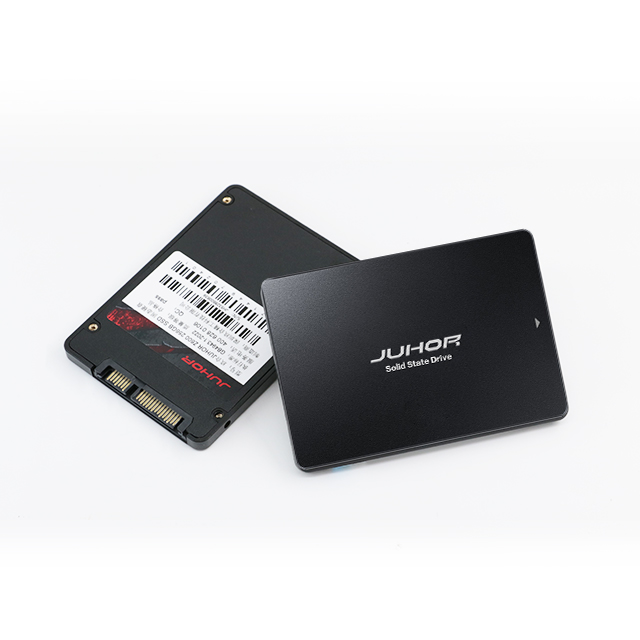Choosing the right solid-state drive (SSD) is crucial for both personal and industrial applications. While most people are familiar with consumer SSDs for daily use, industrial SSDs are specifically designed for demanding environments where reliability and endurance are critical. Understanding the key differences between these two types of SSDs will help you make an informed decision.

Consumer SSDs are designed for everyday computing, gaming, and multimedia use. They focus on delivering fast read and write speeds at an affordable price. Common interfaces include SATA and NVMe, with storage capacities ranging from 256GB to 4TB.
The main advantage of consumer SSDs is their cost-effectiveness and high-speed performance for typical workloads. However, their durability is limited, with program/erase (P/E) cycles of around 1,000. They usually operate within a temperature range of 0°C to 70°C, making them unsuitable for harsh or industrial environments.
Industrial SSDs are built for resilience in extreme conditions. They use high-quality components and robust designs to ensure consistent performance in environments where heat, vibration, and heavy workloads are common. Many industrial-grade SSDs can operate within temperature ranges of -40°C to 85°C.
Industrial SSDs offer significantly higher endurance, with P/E cycles reaching 100,000. They also integrate advanced error correction code (ECC), wear-levelling technology, and power-loss protection to ensure data integrity. However, these features come at a higher cost, and capacities are usually limited to between 32GB and 2TB.

Industrial SSDs are built to last much longer than consumer SSDs. Their higher P/E cycles and superior flash memory, such as SLC or high-end MLC, allow them to handle heavy, continuous workloads.
Consumer SSDs are designed for standard conditions, while industrial SSDs can tolerate extreme temperatures, shock, vibration, and even moisture or radiation in certain models.
Industrial SSDs maintain consistent performance even under heavy workloads, with IOPS ratings often exceeding 250,000, compared to 10,000–100,000 for consumer drives.
Industrial SSDs offer stronger data protection, including AES-256 encryption, secure erase, and even self-destruction features, as seen in Foremay’s military-grade SSDs.
Consumer SSDs are more affordable and available in larger capacities, while industrial SSDs focus on reliability over size.
For daily computing, gaming, or standard office use, a consumer SSD is the best choice due to its affordability and high-speed performance. However, for harsh or mission-critical environments, an industrial SSD is essential. With superior endurance, wide temperature tolerance, and robust data protection, industrial SSDs ensure consistent performance where failure is not an option.